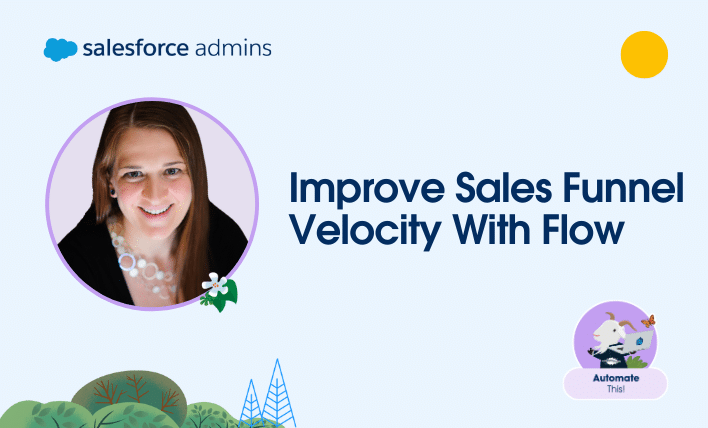Welcome to another “Automate This!” In this live-streamed video series, we cover all things automation, from use cases and best practices to showcasing solutions built by Awesome Admin Trailblazers like you. With automation, you can remove manual tasks, drive efficiency, and eliminate friction and redundancy. In this episode, let’s see how Bradley Condon built the […]







 The first Assignment element in the Loop changes the value of the Linked Entity Id field from the source record ID to the target record ID and clears the existing record ID from the ContentDocumentLink record. Note: The Create Records element that we use later requires that each of the records does not have a value for the record ID, as that will be inserted automatically when the records are created.
The first Assignment element in the Loop changes the value of the Linked Entity Id field from the source record ID to the target record ID and clears the existing record ID from the ContentDocumentLink record. Note: The Create Records element that we use later requires that each of the records does not have a value for the record ID, as that will be inserted automatically when the records are created.













